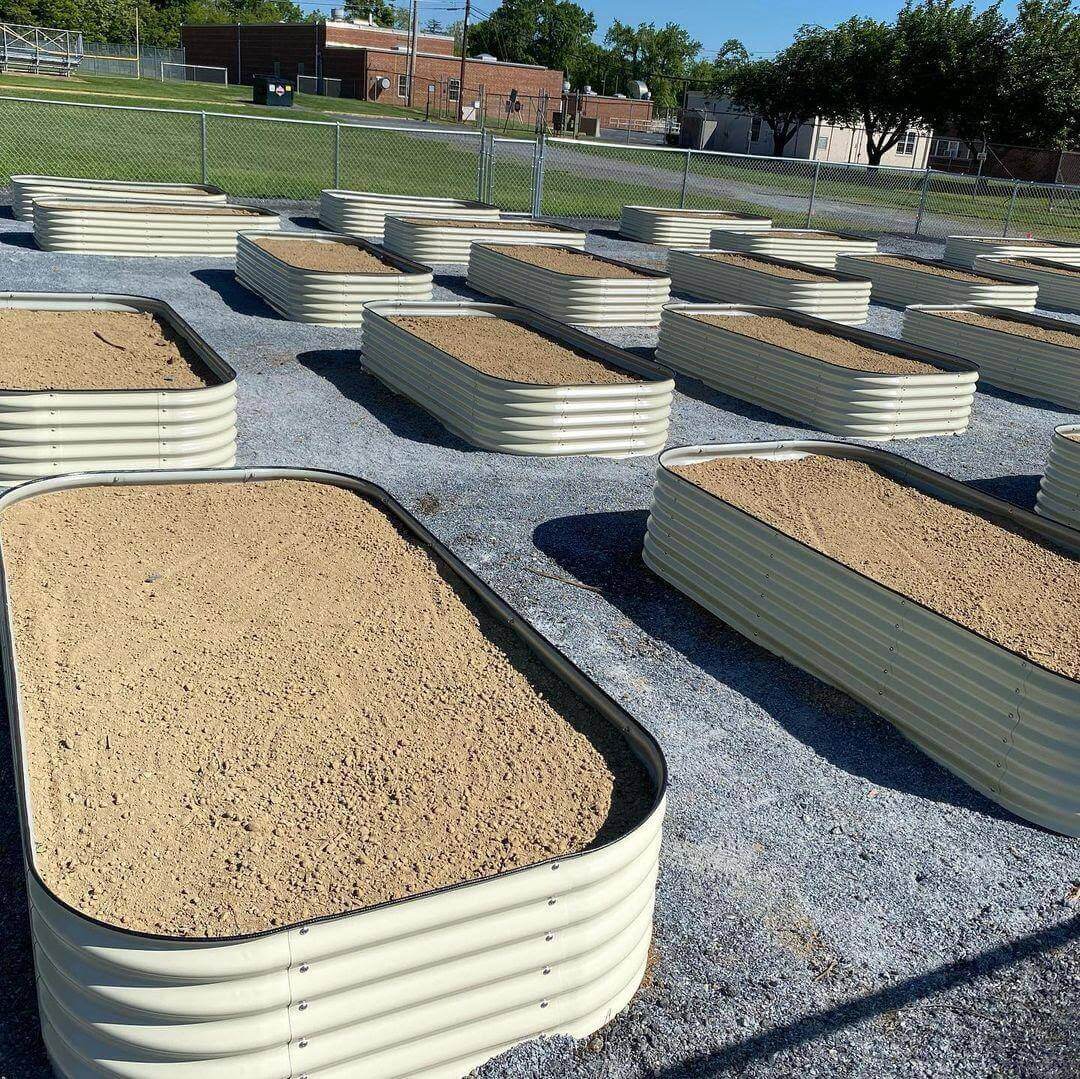Creating your raised Garden bed will allow you to grow your plants within a very small available space. You will also be able to grow a huge variety of plants without having to take up a lot of trouble. But the question is, what kind of wood will you use for your raised garden bed? Is any wood type harmful to the plants? Well, wood is the most preferred choice for gardeners for creating garden beds. This is mainly because it is readily available in the market. It can also last for a considerable amount of time and is quite inexpensive. However, you need to carefully choose your type of wood to make sure that your garden bed lasts for a considerable amount of time. So, here are a few wood types that you can use for your raised garden bed:
Cedarwood:
Cedarwood is one of the most popular choices among gardeners when it comes to creating your raised garden bed. It provides natural resistance to rot and insects. This kind of wood can also last for years. However, the wood is dense and can be tough to work with. It is also not commercially grown and is hence quite expensive. You can also create a galvanized steel raised garden bed for yourself.
Cypresswood:
Cypresswood is also quite popular for creating wooden frames for your garden bed. It is insect and rot resistant and is also of really good quality. It lasts longer than regular wood and is also not very costly. You will also be able to work with this kind of wood easily. You can increase the durability of the wood by painting them.
Pinewood:
Pinewood is available in different grades. The number one grade is the best. However, it is also the least common type of wood. It does not matter which kind of pinewood you choose as all these types have no resistance to rot or insect. The lifespan is also quite short. So, if you are growing plants for a particular season only, you can use pinewood for your raised garden bed. You can also use old pine lumber wood for your garden bed. They are robust, have a very high density, and can last for a considerable time.
Untreated wood:
Untreated wood can be used to create a beautiful rustic-looking raised garden bed. However, this type of wood can decompose faster than other wood types. You can use this wood for around three years or more. After that, they need to be replaced. This wood is quite affordable and can be used if you are looking for a temporary solution for your garden.
Hopefully, you can understand what kind of wood you should use for your raised garden bed. Also, if you wish to know how to fill a raised garden bed, you can connect with us.
Raised Garden Bed Tips
1. Start simple with herbs.
If you’re new to gardening and want to start out small, you might find yourself tending a single raised bed or deck planter as a way to get your feet wet. With limited space and time, you might also be tempted to cram in as many plants as you can—to the detriment of those you choose. Everyone grows tomatoes and eggplant and peppers in deck pots, right?
2. Understand the needs of your plants.
If you’re ready for something more challenging and you have the time to care for a larger selection of edible plants, Arthur has this advice: “The things that people get wrong the most often, especially first time growers, is misunderstanding the needs of the plants. We know plants that produce food, like tomatoes and peppers, need a lot more energy from the sun, a little bit more water, and a lot of nutrients in the soil.”
3. Plant leafy vegetables in the shadier areas.
If, like many gardeners, your plot is challenged by shade at certain times of day, fear not. Some of the easiest vegetables to grow don’t mind a little shade.
4. Start with the right soil.
If you’re gardening in raised beds or patio planters, chances are you’ve purchased a soil mix to fill the space. That’s a good thing, because one concern Arthur has for people, particularly those in urban centers, is that their backyard soil might be contaminated.
“The reality is that more contractors are burying garbage than ever before, and often times people purchase a property that—while it’s new to us—may have had a previous owner and you don’t know what was done in your area. If you’re growing food in the backyard, unless you get that soil properly tested, you’re really gambling with what’s in the ground.”
5. Track what you plant from year to year.
Keeping accurate records about what you put in each bed from year to year will help you make informed decisions about what amendments your soil needs each time you plant. Since each plant has different needs, Arthur’s book provides a handy table for exactly what sort of amendments plants remove from your soil—and what you need to put back in.
